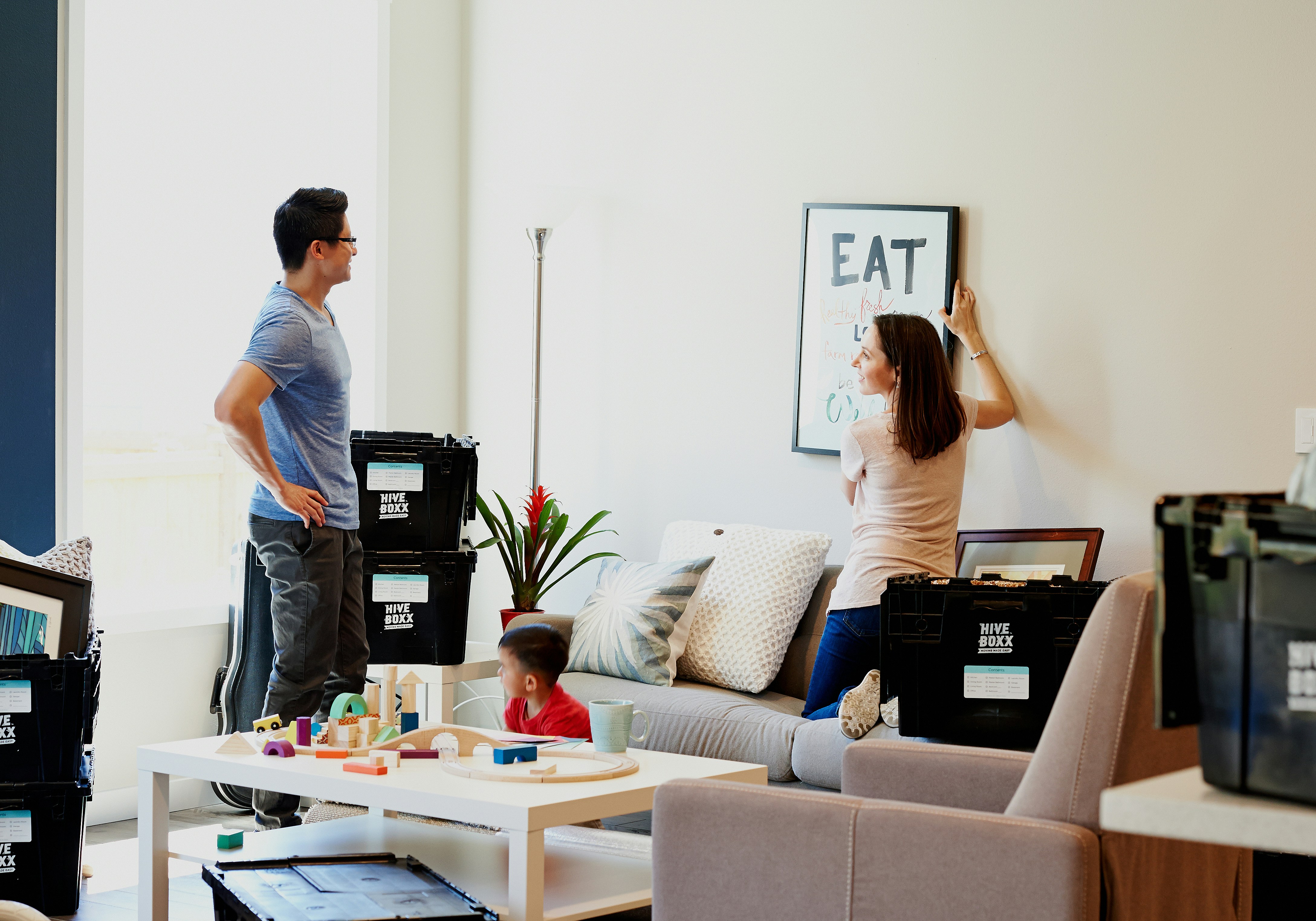Maximizing Space: The Art of Small Living Room Design
Living rooms are the heart of any home, serving as a hub for relaxation, entertainment, and social gatherings. However, for many urban dwellers and those in compact living spaces, the challenge of creating a functional and inviting living room in a limited area can be daunting. The art of small living room design has evolved significantly over the years, with innovative solutions emerging to address the unique constraints of compact spaces. From clever furniture arrangements to multi-functional pieces, designers and homeowners alike have embraced the challenge of maximizing every square inch without sacrificing style or comfort. This shift towards efficient and creative small space living reflects broader trends in urban planning, sustainability, and the changing nature of modern lifestyles.
The Psychology of Space Perception
Understanding the psychological aspects of space perception is crucial when designing small living rooms. Color plays a vital role in how we perceive space, with lighter hues generally making a room feel more open and airy. Designers often recommend using a monochromatic color scheme or soft, cool tones to create the illusion of a larger space. Additionally, the strategic use of lighting can dramatically alter the perception of room size. Natural light is particularly effective in making a space feel more expansive, so maximizing window exposure and using sheer curtains can significantly impact the room’s ambiance. Mirrors are another powerful tool in the designer’s arsenal, reflecting light and creating the illusion of depth, effectively doubling the visual space of a room.
Furniture Selection and Arrangement
Choosing the right furniture is perhaps the most critical aspect of small living room design. Multi-functional pieces have become increasingly popular, with ottomans that double as storage units, coffee tables with built-in shelving, and sofa beds that transform for overnight guests. The scale of furniture is equally important; oversized pieces can overwhelm a small space, while proportionally sized items maintain a sense of balance. When it comes to arrangement, the traditional approach of pushing furniture against walls is being challenged. Floating furniture away from walls can create the illusion of more space and improve flow. L-shaped sofas and corner units are particularly effective in small living rooms, maximizing seating without consuming too much floor space.
Vertical Space Utilization
One often overlooked aspect of small living room design is the effective use of vertical space. Floor-to-ceiling bookshelves, wall-mounted TVs, and hanging plants can draw the eye upward, creating a sense of height and openness. Tall, narrow furniture pieces can provide ample storage without eating into precious floor space. Some innovative designs incorporate loft-style sleeping areas above the living space, maximizing vertical real estate in studio apartments. Additionally, the use of statement lighting fixtures or art pieces on walls can create visual interest and depth, distracting from the room’s limited square footage.
Embracing Minimalism and Decluttering
The minimalist movement has significantly influenced small living room design, emphasizing the beauty of simplicity and the importance of decluttering. This approach is particularly beneficial in compact spaces, where excess items can quickly lead to a cramped and chaotic environment. Adopting a “less is more” philosophy not only creates a sense of spaciousness but also promotes a calmer, more focused living environment. Storage solutions play a crucial role in maintaining this minimalist aesthetic, with hidden storage compartments, wall-mounted shelves, and furniture with built-in storage helping to keep the space tidy and organized.
Technology Integration
As technology continues to advance, its integration into small living room design has become increasingly seamless. Smart home devices can control lighting, temperature, and entertainment systems without the need for bulky equipment or multiple remote controls. Wireless charging stations built into furniture eliminate the need for visible cords and adapters. Projectors that can turn any wall into a screen offer an alternative to large TVs, saving valuable space. These technological advancements not only contribute to a more streamlined aesthetic but also enhance the functionality of small living spaces, allowing for greater flexibility and customization.
Bringing the Outdoors In
Incorporating elements of nature into small living room design has gained popularity in recent years, particularly in urban environments where access to outdoor spaces may be limited. Large windows that frame outdoor views can create a sense of connection with the outside world, visually expanding the room. Indoor plants not only add a touch of greenery but also improve air quality and contribute to a sense of well-being. For those with limited natural light, high-quality artificial plants or nature-inspired artwork can achieve a similar effect. This trend towards biophilic design in small living spaces reflects a growing awareness of the importance of nature in our daily lives and its positive impact on mental health and well-being.
In conclusion, the art of small living room design continues to evolve, driven by changing lifestyles, technological advancements, and a growing appreciation for efficient, multi-functional spaces. By embracing innovative solutions and thoughtful design principles, even the smallest living rooms can be transformed into inviting, functional, and stylish spaces that reflect the unique needs and personalities of their inhabitants. As urban populations grow and living spaces become more compact, the skills and creativity required to maximize small living areas will undoubtedly become increasingly valuable, shaping the future of interior design and urban living.






